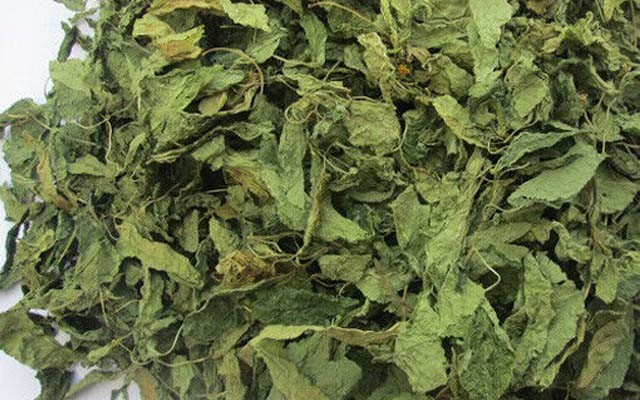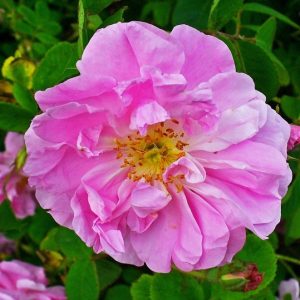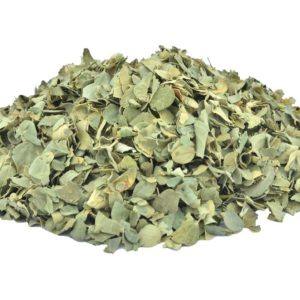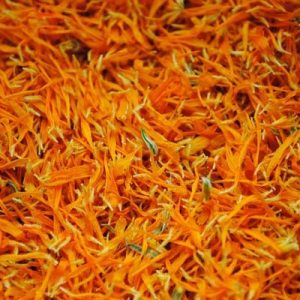Description
Specifications
Product Type
leaves/ Crushed
English/Common Name
Molokhia
Botanical Name
Corchorus olitorius
Origin
Egypt
General Usage
The leaves of the plant are usually consumed after cooking as a vegetable. The stems and leaves exude a sticky gum-like substance (mucilage) when cooked, giving it a texture similar to okra. It is commonly incorporated into stews. Jew’s mallow and mallow leaves consumed in Egypt contain substantial amount of macro and micro nutrients which might be useful in prevention of some diseases. They can contribute substantially to minerals, especially potassium, calcium, magnesium and iron and had high amount of protein, dietary fiber and essential amino acids which are usually in short supply in daily diets of poor people. Boiling of minced Jew’s mallow and mallow leaves in water or meat soup, as a home cooking method employed in Egypt, have different effects on nutrients. Where, crude fiber, non-reducing sugar, SDF, ADF, cellulose, phosphors and sodium were found to increase, reducing sugar, hemicelluloses, calcium and magnesium were found to be reduced by boiling. Most essential amino acid contents are enhanced upon boiling.
Overview
Corchorus olitarius L leaves fresh, frozen or dried is an important leafy vegetable in Egypt. It is a leafy summer vegetable that grows in tropical regions. Corchorus olitorius (Jew’s Mallow) is an annual herb that is native to regions of Africa and Asia. It is widely grown on both continents and provides large populations with nutrition, important fibers and some medicinal benefit. Leaves are eaten like spinach or lettuce. Jew’s Mallow is easy to grow in tropical climates and is ready to eat in around 6 weeks.
Packing and Shipment
Leaves/ Crushed
Color
Green
Packing
Cartoon Bags
Wieght
5 kg
5 kg
Capicity per Container
20 FT: 2 TONS
40 FT: 4 TONS
Quality
Grade: A,
Grade: B
Availabilty
Organic
Conventinal
EU Standards






